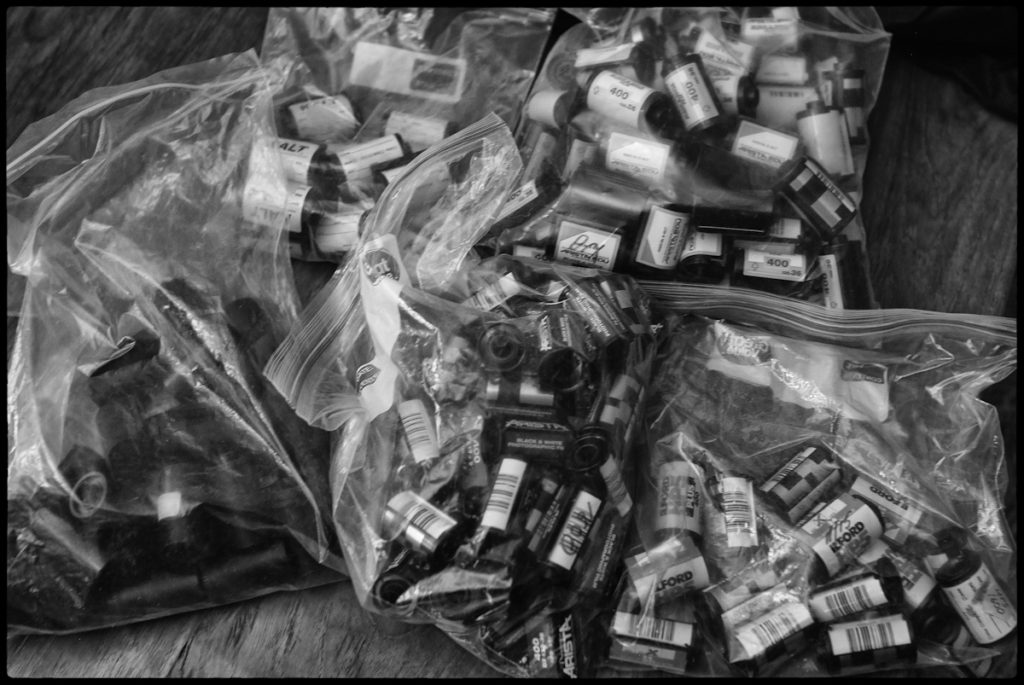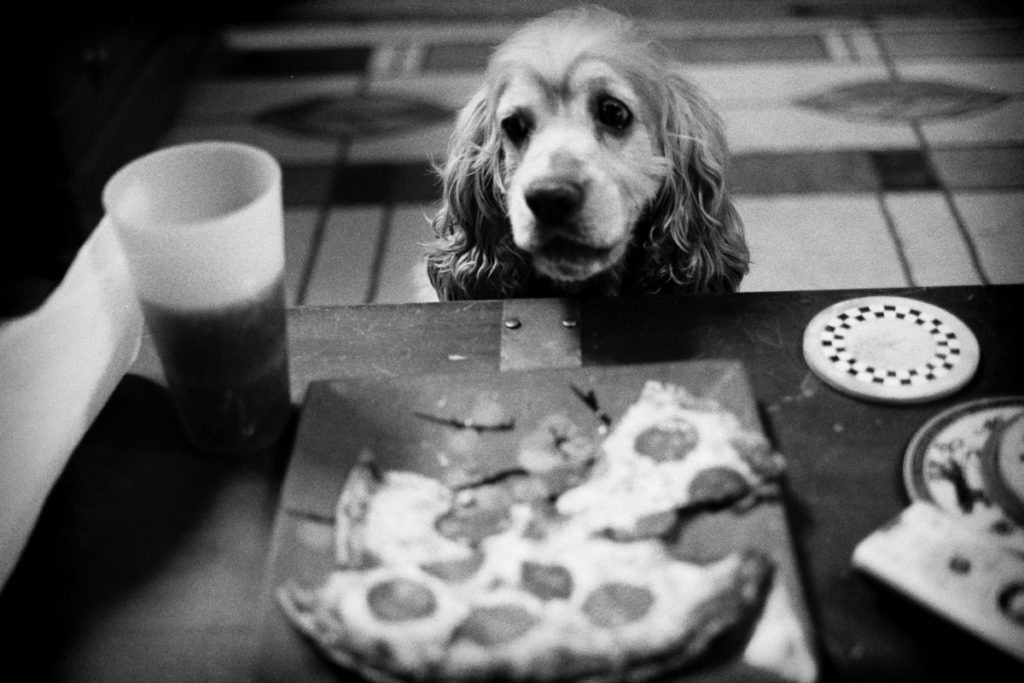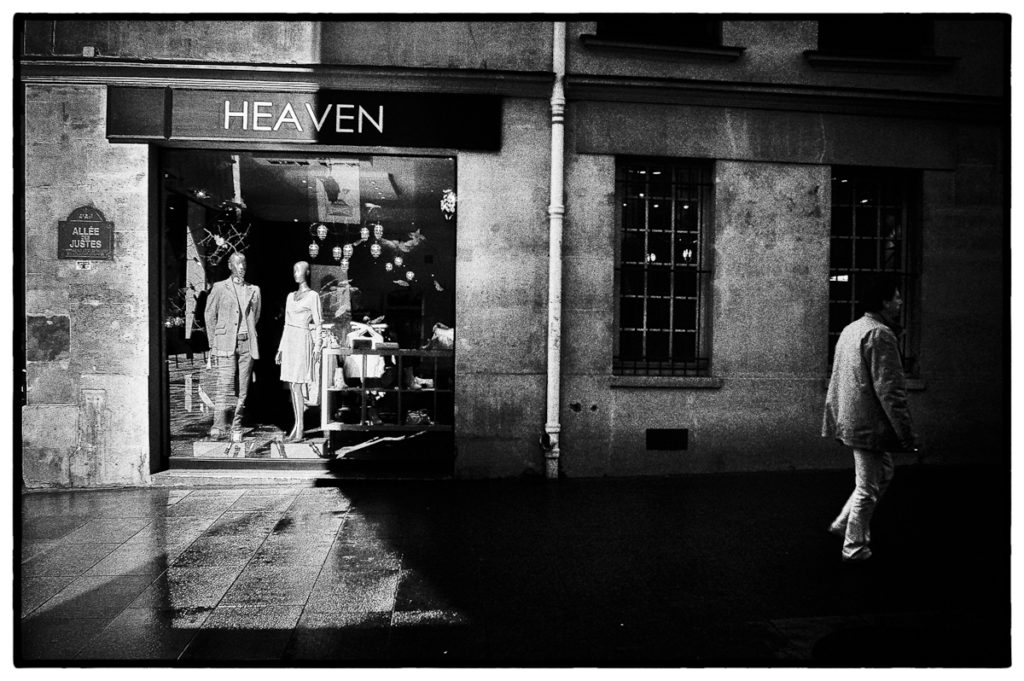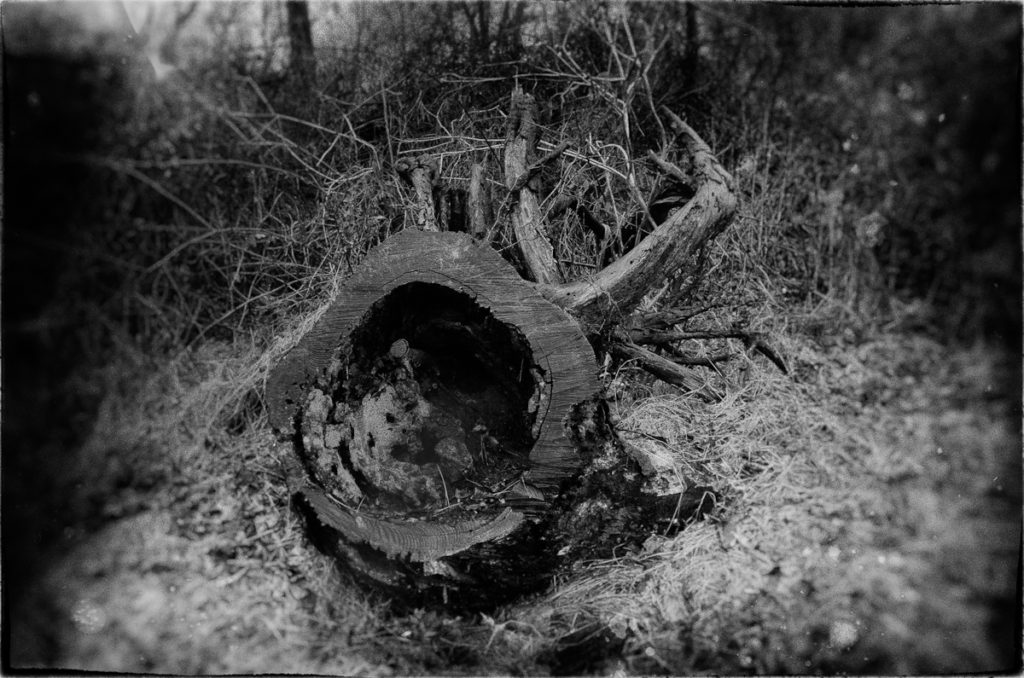
Well, I suppose it depends on your definition of “being back.” Am I going to start cranking out thrice-weekly thousand word posts about what Aristotle would have thought about photography? Probably not, although it’s an interesting question and I think it would have fascinated Aristotle (384-322 BCE), given all its implications for the form/matter conundrum that animated Greek philosophy from Plato onward i.e. what is real – the individual thing or the ‘form’ it embodies? Does something have to be ‘actual’ to be ‘real’? Frankly, I think photography would have blown Aristotle’s mind.
So, a short diversion: According to Aristotle, no maker of anything starts completely from scratch. He/she always starts with material from which he produces something else. The maker’s materials are shapeless in a relative sense. The maker then ‘informs’ his materials i.e. forms or shapes them in a certain way to create something of a higher order. For example, the poet forms a poem from words and the poem is of a higher order than the words themselves. The material has the potential to be shaped into a higher order thing of human construction, and the process of doing so is a process of realization wherein material moves from a state of potential to a state of actuality. The maker “brings out” the material’s potential and transforms it into something with a higher reality.
The question that photography poses for Aristotle is simple: What’s the material the photographer (the maker) is shaping when he/she photographs? The thing photographed or the underlying physical substrate that creates the physical thing called a photo? If it’s the thing photographed, does the photograph possess a higher being than its subject? And what of a digital photo on a hard drive? Does it exist in actuality or does it just have the potential to exist?
One thing Aristotle would agree with: the movement of becoming a better photographer – a better maker of photographs – is also the movement to a higher level of being. The photographer realizes himself in the process turning potential into actuality. The good photographer possesses a design for the photograph he attempts to make, an abstraction that he/she makes visible to himself and others via its making. The photo he constructs is the realization of a potential. Potential of what? Aristotle would say it is the actualization of the photographer’s potential and thus a movement to a greater level of being for the photographer.
This is why you love photography: because your photography reflects the greater being you achieve via it, and love and being always increase together.
*************

So, I’m not going to be publishing as frequently as I’ve done before, at least not for the time being because, frankly, I’ve not given much thought to my photography in the last year or so. I’ve had other things on my mind. And I’ve pretty much tapped out my thoughts on the subject, until of course Thorsten Overgaard does something stupid, at which time I will mock him mercilessly. But, just when I think I’ve said everything I want to say about photography, I think of something else, so I’m fairly sure I’ll be posting more. Whether it’s worth reading is a different story.
And I’m going to sell my film cameras, as I never use them anymore. [Wanna buy a nice film camera? Contact me. Just don’t be the guy who haggles over everything and assumes the worst of the seller, because I won’t sell to you at any price.] It is what it is. I’ve got a freezer full of expired film – easily over a 1000 ft of various B&W stock [wanna buy some film?], and it just sits there while I snap away with my Leica M and MM. Which brings me full-circle: in 2013 I started the blog as a peon to film photography and its continued relevance (with a full dose of contempt for the crummy digital cameras Leica was then producing). Now I rarely shot film and I love my M and my MM. I’ve given up fighting the good fight, because it’s not the good fight anymore. Things move on, although Thorsten Overgaard will remain a really funny guy.





